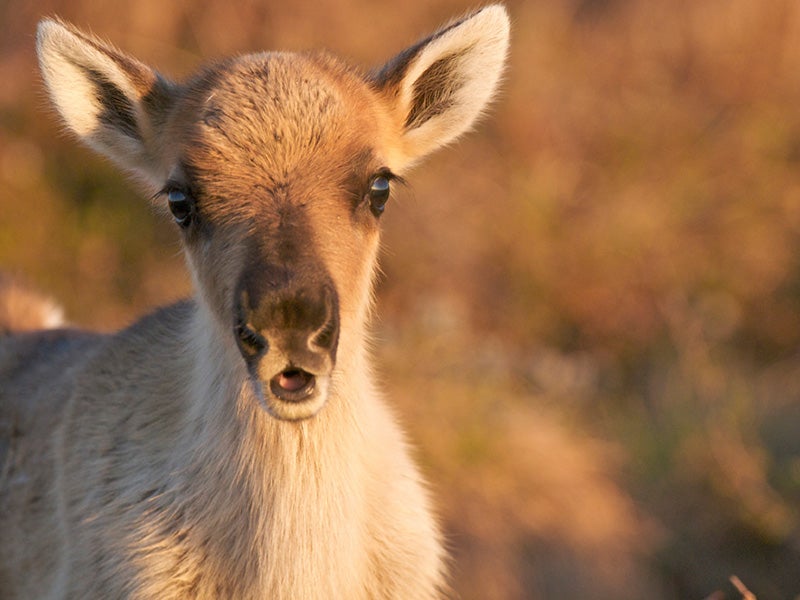Monday Reads: The Amorous Arctic Caribou Edition
Oil pipelines + caribou = lots of baby caribou? One fishy equation

This page was published 13 years ago. Find the latest on Earthjustice’s work.
Oil drilling in Alaska is good for the caribou! At least it is, according to Rep. Louie Gohmert (R-TX).
When it comes to getting in the mood for love, endangered tortoises have skilled wildlife biologists doubling as matchmakers, while giant pandas have panda porn. Alaskan caribou? The Trans-Alaska oil pipeline, naturally.
In a House committee meeting on oil drilling in Alaska, Rep. Gohmert, with nary a grin or chuckle (though the same couldn’t be said for his fellow committee members), waxed heartfelt on how the oil pipeline has spiced up Alaskan caribou love life—and why we must clearly, for the love of the animal, ensure we continue caribou date night by drilling more and keeping that oil flowing. An excerpt from his plea for the caribou:
And then they found out that actually, caribou, when they wanted to date, liked how warm the pipeline was, and so when they wanted to go on a date, they’d invite each other to head over to the pipeline …
So my real concern now, when people are talking about cutting off the potential flow of oil through the pipeline, and under the agreement, if the oil stops flowing through the pipeline, then it would have to be removed. My concern is, do we need a study to see how adversely the caribou would be affected if that warm oil ever quit flowing through the pipeline?
Rep. Gohmert notes that while the proposed area of drilling lacks caribou residents, it really must go forward for the good of all the other caribou who are basking (and canoodling) in the warmth of the oil gushing through the pipeline. You can listen to his overwhelming concern for the caribou in an archived webcast of the hearing (fast forward to 02:12:29).
Interest in pipeline-induced friskiness among caribou has been heard in years past. (President George H.W. Bush in 1991: “The caribou love it. They rub against it and they have babies.”)
The only problem with this oily feel good story? Many scientific experts beg to differ.
A lengthy article in the San Francisco Chronicle explained that the Central Arctic herd has indeed grown substantially in size—but:
Some biologists suggest a major reason why the Central Arctic herd has flourished is because as much as three-quarters of the area where it calves has virtually no oil activity.
“Yes, the herd has grown, but only 25 percent has been affected,” said Griffith, an associate research professor at the University of Alaska at Fairbanks. “The fact that it has grown does not mean there is no effect. It means that the effect wasn’t sufficient to keep it from growing at all.”
Rather than cuddling up with and next to pipelines, “ground observations of the Central Arctic herd in the nearby Kuparuk oil fields have found that over time the caribou increasingly avoid areas of intense activity—especially during the sensitive calving period—and shift into areas with fewer roads and pipelines.”
Try as some may to convince themselves that we’re really doing the Arctic a favor by relieving it of its fossil fuels, evidence is sadly to the contrary.
More Reads
Opened in 1978, our Alaska regional office works to safeguard public lands, waters, and wildlife from destructive oil and gas drilling, mining, and logging, and to protect the region's marine and coastal ecosystems.